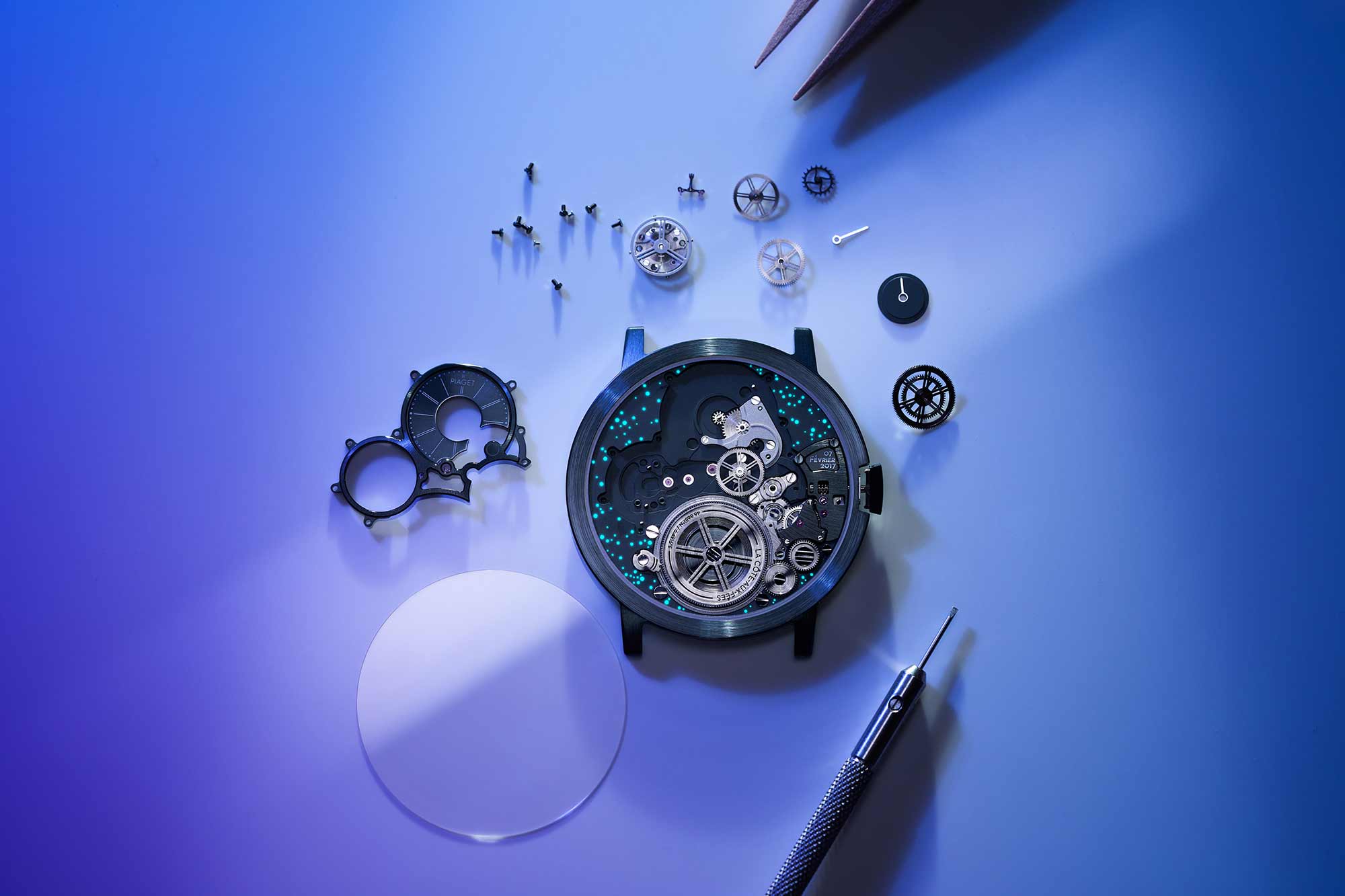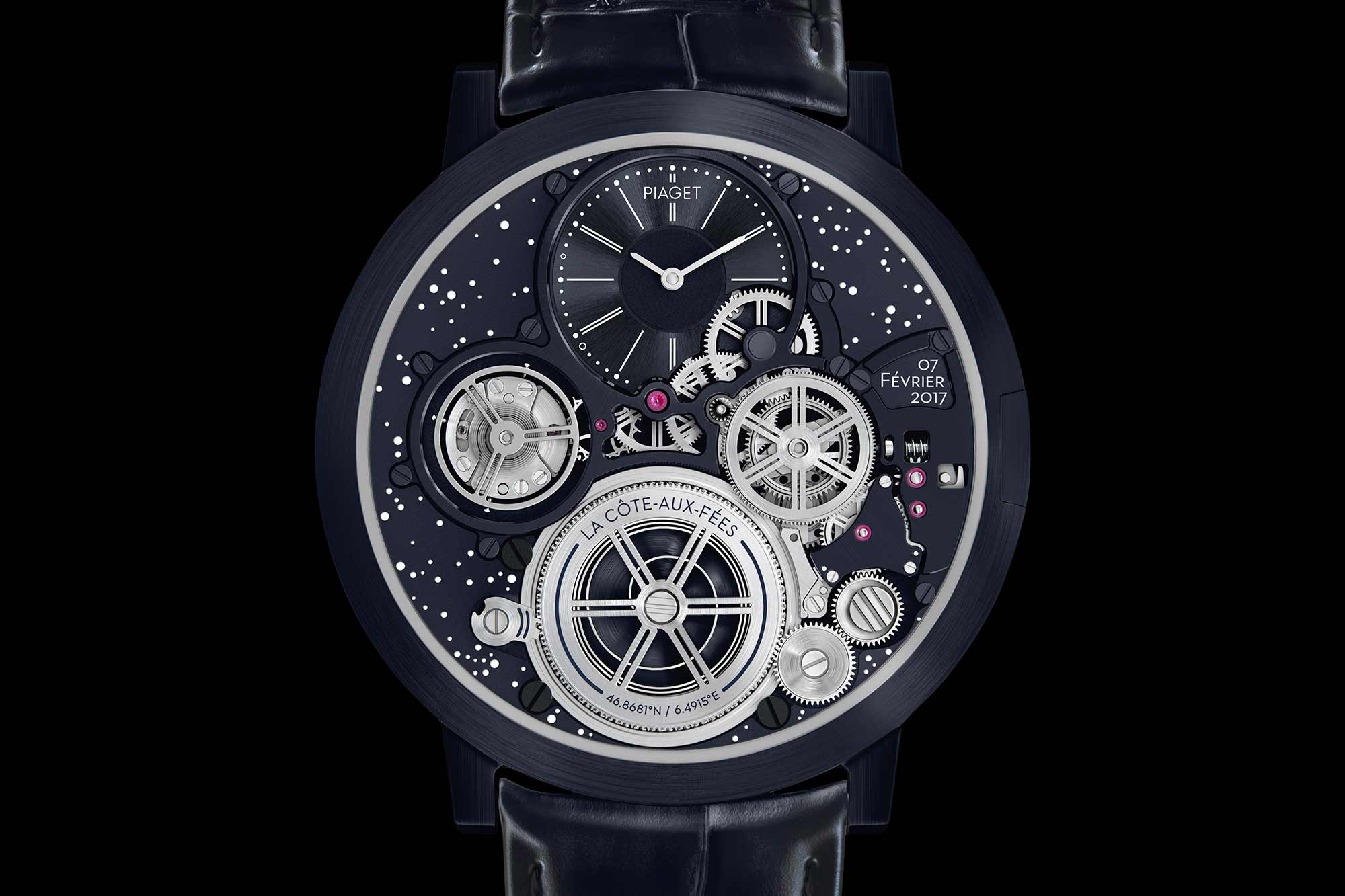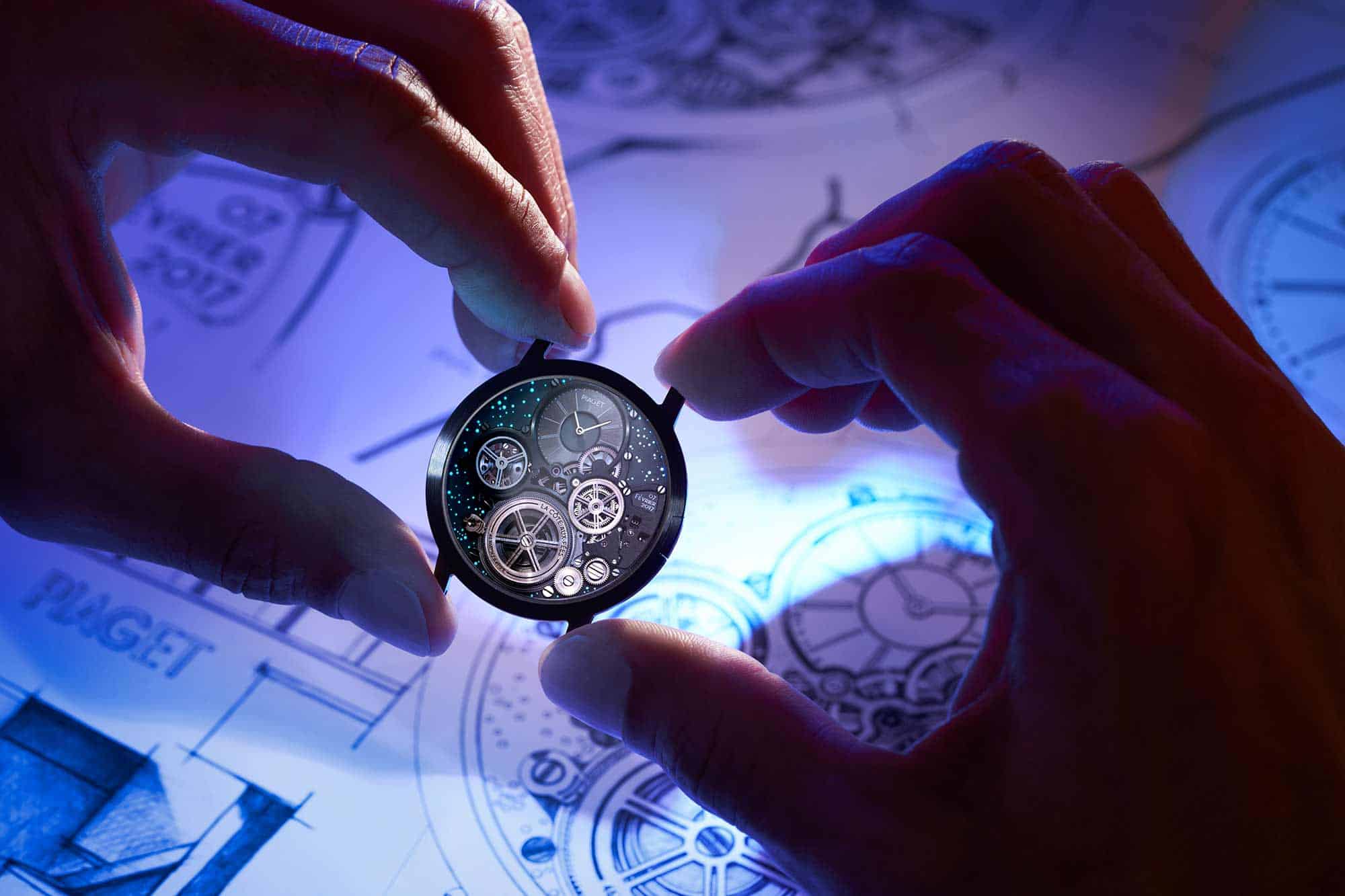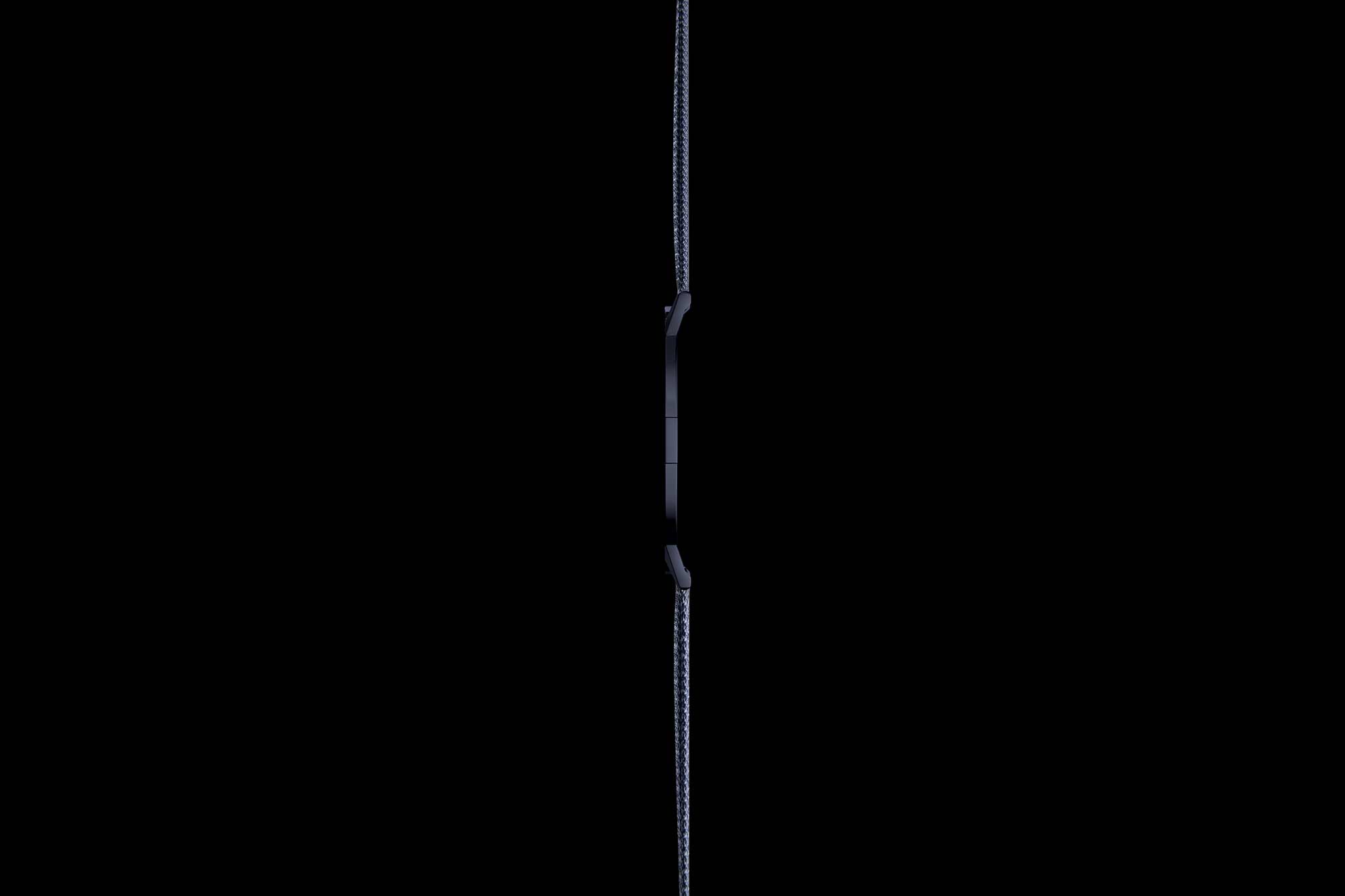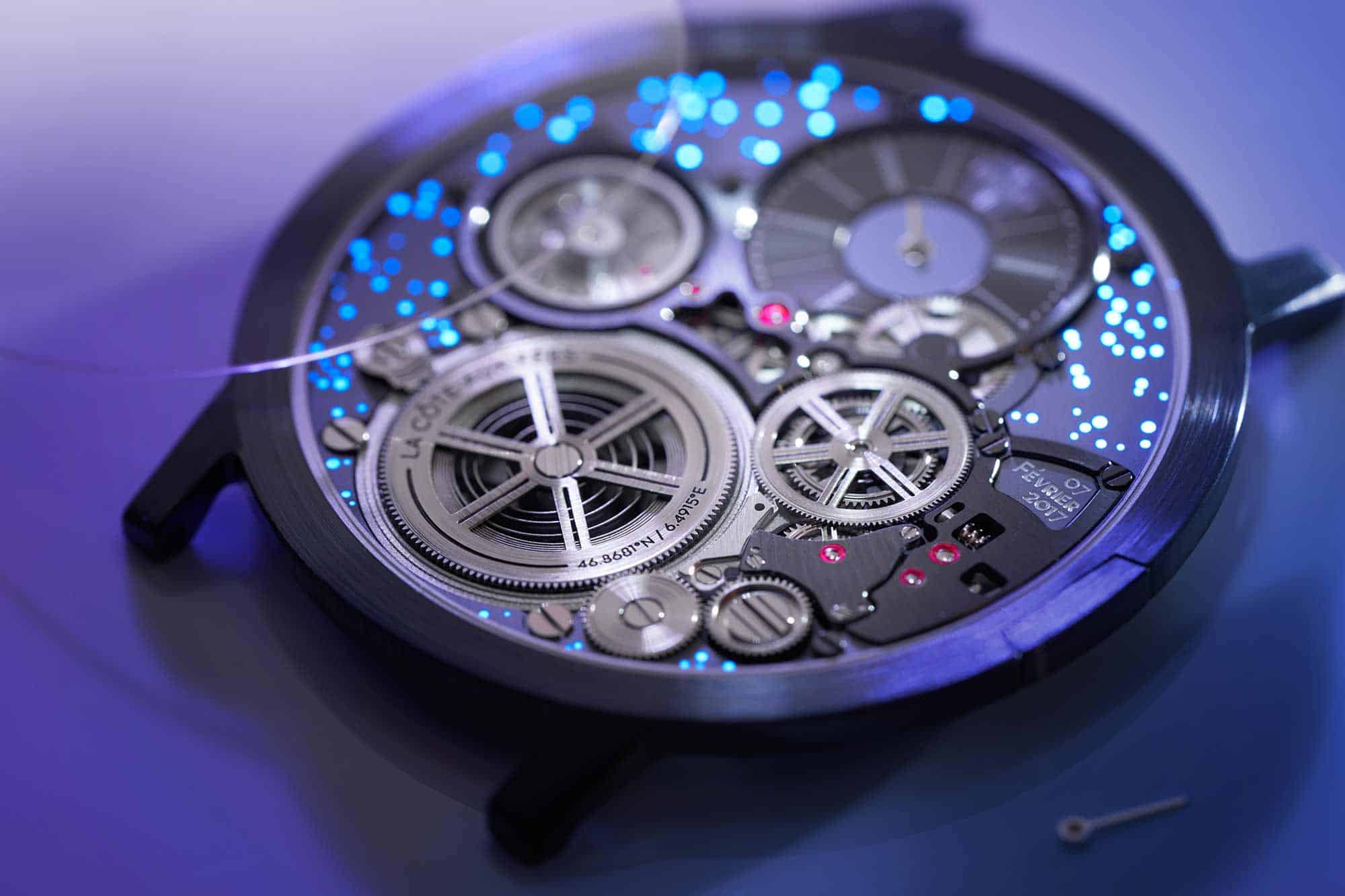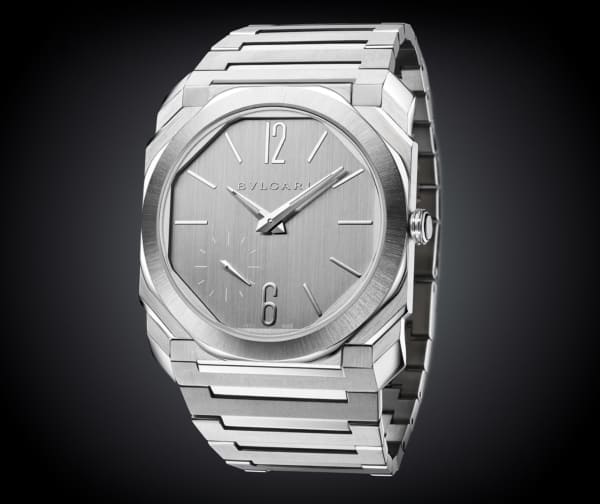Watches & Wonders is a lot of things. It’s an opportunity for brands to network with their dealer networks and sell the watches that wind up on the wrist of end users later in the year. It’s a chance for the press to get a first look at those watches, take photographs, and bring you what we certainly hope are insightful stories about them so you can learn and potentially make informed buying decisions. But as much as anything, it’s an opportunity for brands to simply show off. That’s what goes through my mind when I consider the Piaget Altiplano Ultimate Concept, which saw a new unique, 1 of 1 variant debut at Watches & Wonders last week. This is a watch that seemed almost like a prank when the concept version was announced, and absolutely blew the minds of the larger community when Piaget put it into production a few years later. What we have here isn’t exactly new, but just a reminder of what Piaget is capable of. It’s a flex, pure and simple.
Piaget Celebrates the Altiplano Ultimate Concept with a New Unique Piece
Thinness in a watch, it’s often said, is like a complication unto itself. The problems inherent in watchmaking are simply less challenging to solve when you have a greater depth to work in. Once you start getting into ultra-thin territory though, you really have some physics problems that need to be solved if a watch is going to both work (pretty important) and be wearable. Watch movements are typically constructed on multiple planes, which creates depth, and moving everything to a single plane as Piaget has done with the AUC introduces a whole slew of challenges that go beyond traditional watchmaking. Even the bonding material used to attach the crystal to the case had to be rethought in order to make this watch as thin as possible.
The AUC is a major technical accomplishment for the way it takes what are typically the four layers that make up a normal watch (the bezel and crystal, dial and hands, movement, and caseback) and condenses them into an integrated case with two distinct sides. The bridges, dial, and hands make up the front side, and the caseback, movement, and mainplate are on the other. Another way to look at this is to observe that the “case” of the watch is actually doubling as the mainplate, blurring the lines between components of a watch that are traditionally completely decoupled from one another. There’s a lot of creative engineering here to bring the movement and case together into one cohesive unit. The total height of the watch is just 2mm.
The unique piece presented at Watches & Wonders was designed as a tribute to the relatively brief history of the AUC, starting with the introduction of the concept itself. Two larger circles can be found along the minute ring marking the time (7:47) when the first AUC began working. Piaget has also inscribed the birthday of the AUC in a small window at 2:30, and the GPS coordinates of the brand’s primary manufacturing facility has been engraved on the ratchet wheel. The background on the dial that resembles a starlit night sky is, according to Piaget, a representation of the stars that would have been seen in Piaget’s La Cote-aux-Fees HQ on the night the first AUC was completed.
The AUC is no longer the record holder for the thinnest wristwatch (that honor goes to the recently introduced Bulgari Octo Finissimo Ultra, which measures 1.8mm tall), but it will always hold an important place in watchmaking history for the innovative way the movement is integrated into the case itself. It also does this while maintaining what are ultimately recognizable design codes that are true to Piaget’s history and classical watchmaking in general, which is note the route taken by Bulgari, to say the least, even without the inclusion of a QR code right on the dial. The back and forth between Piaget and Bulgari over the last few years in the realm of ultra thin watchmaking makes us wonder where this game could possibly end, given that both watches have reached a mind boggling level of thinness, but we’re certainly looking forward to Piaget’s next move. Piaget









 Featured Videos
Featured Videos




